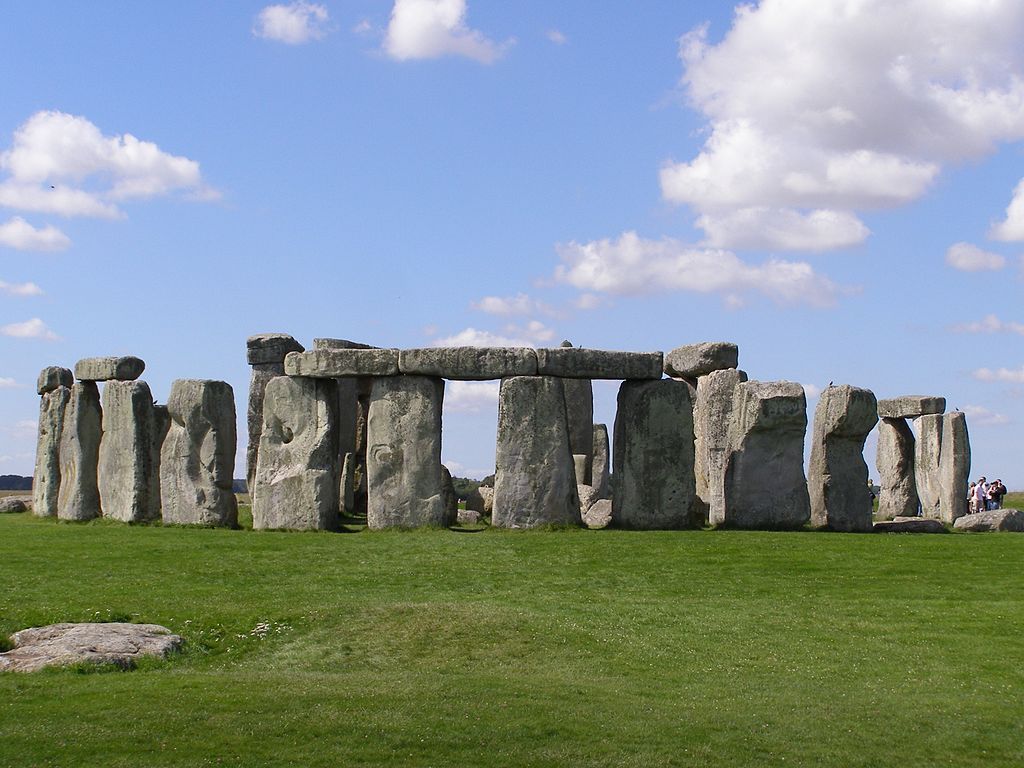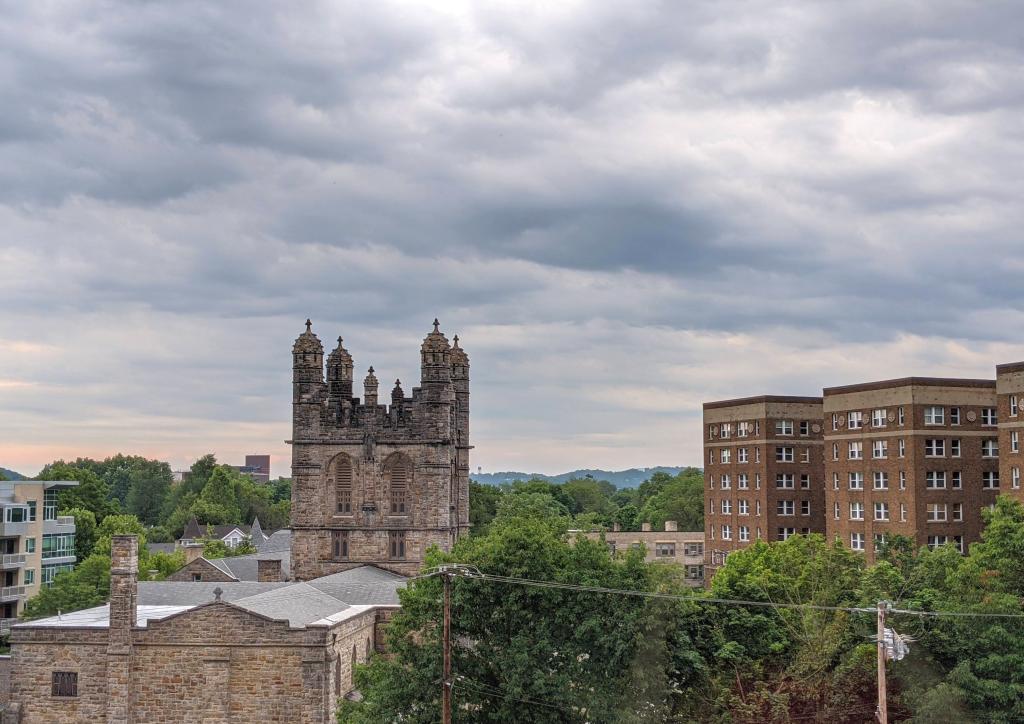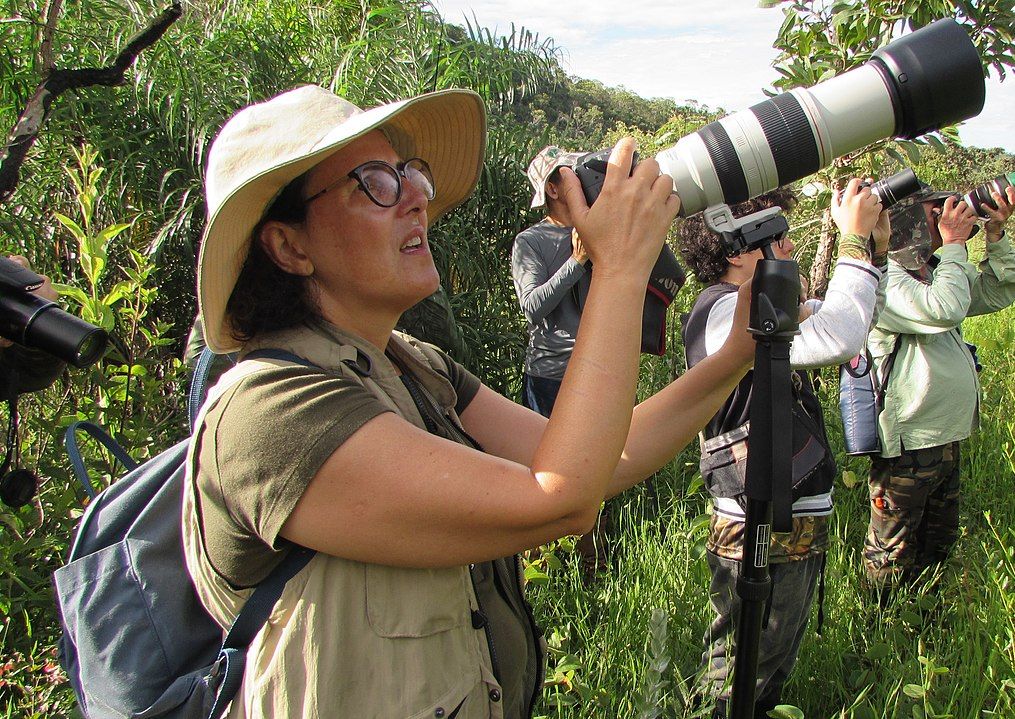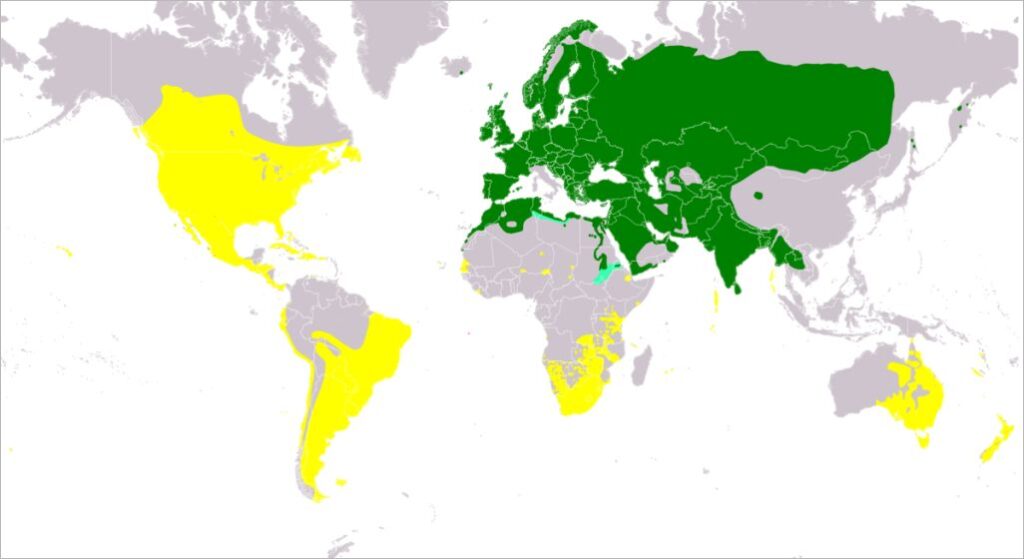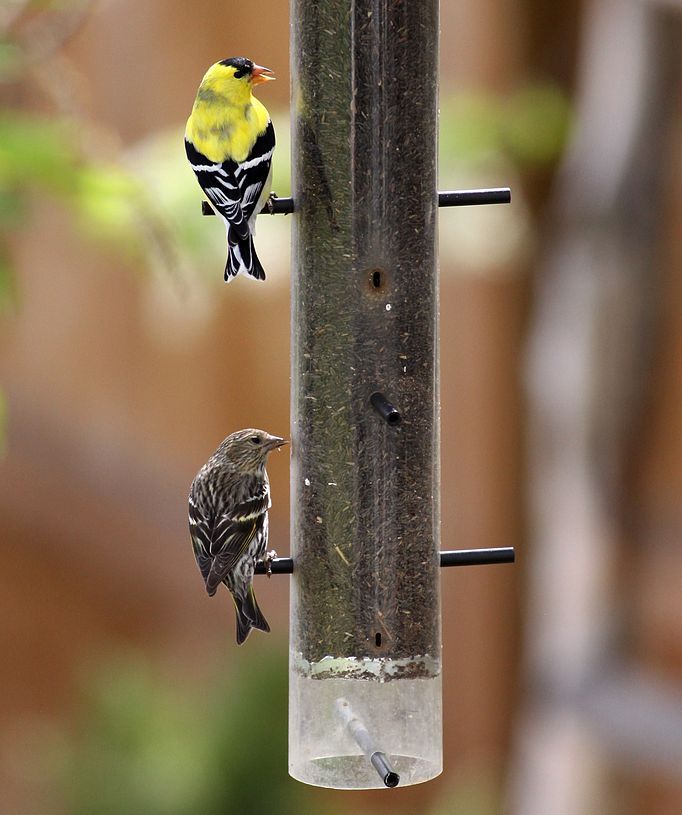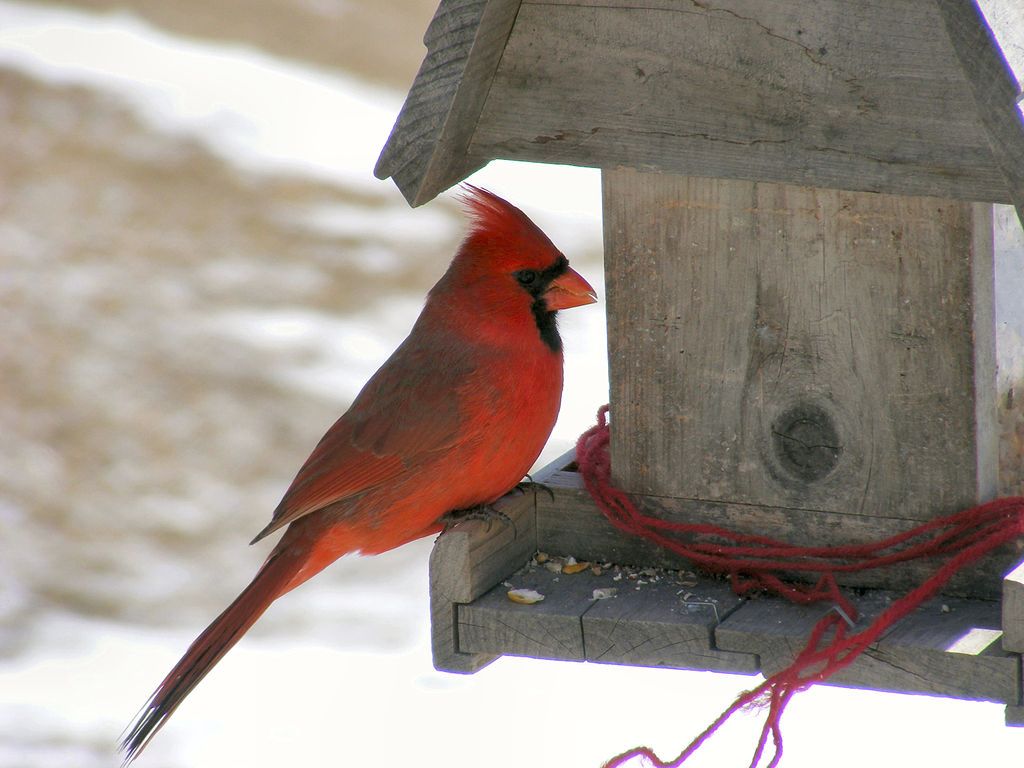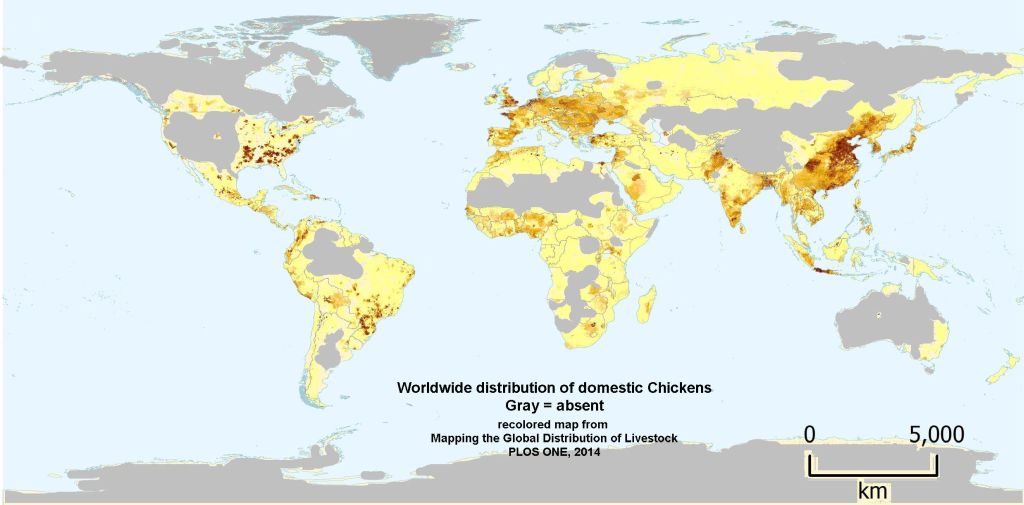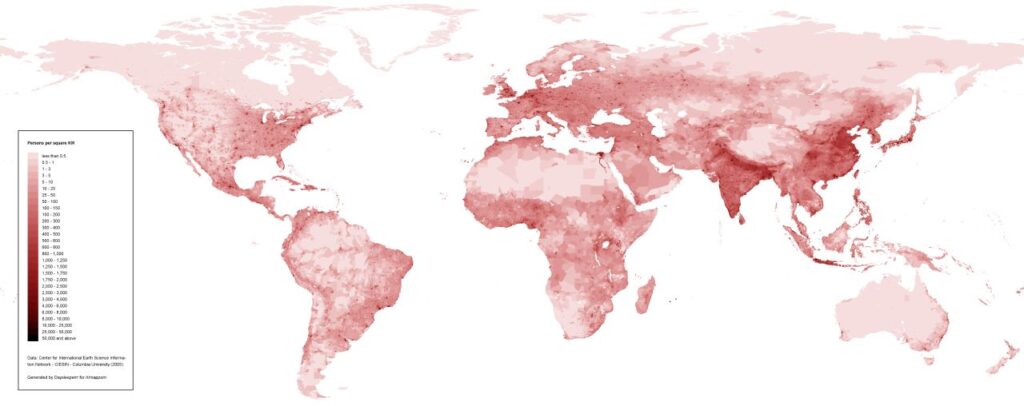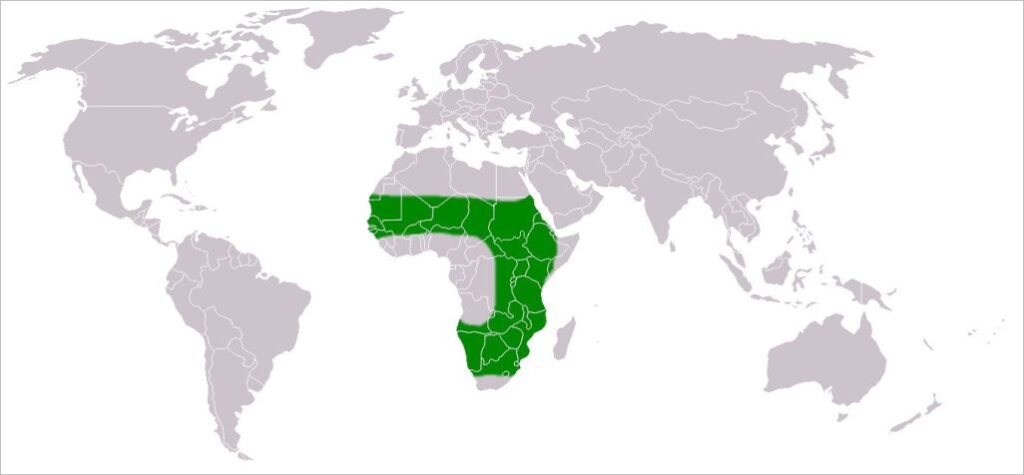UPDATE 13 Aug 2021: The PA Game Commission has announced an end to bird feeding restrictions. The illness has faded away on its own.
27 June 2021
A mysterious illness, first recorded in the DC area in mid April 2021, is blinding and killing songbirds in six states. Scientists at many labs are investigating but there are still no answers. No one knows what’s causing it.
Symptoms include crusted-over eyes, blindness, seizures, loss of balance, and death within a day. Indiana DNR reports that the illness mostly affects medium-sized songbirds: blue jays, American robins (photo at top), common grackles (photo below), starlings, northern cardinals, and brown-headed cowbirds.
@WTOP PHOTOS: Experts search for answers to mysterious disease affecting wild birds in the area.
So far the disease has been reported in the DC area including Virginia, Maryland, and the eastern panhandle of WV, and in central and southwestern Ohio, parts of Indiana, and north-central Kentucky. My attempt to map the disease centers, below, is missing many incidents outside the red dots. UPDATE, 2 July 2021: The illness is also in PA and Delaware, now in 8 states, shown below.
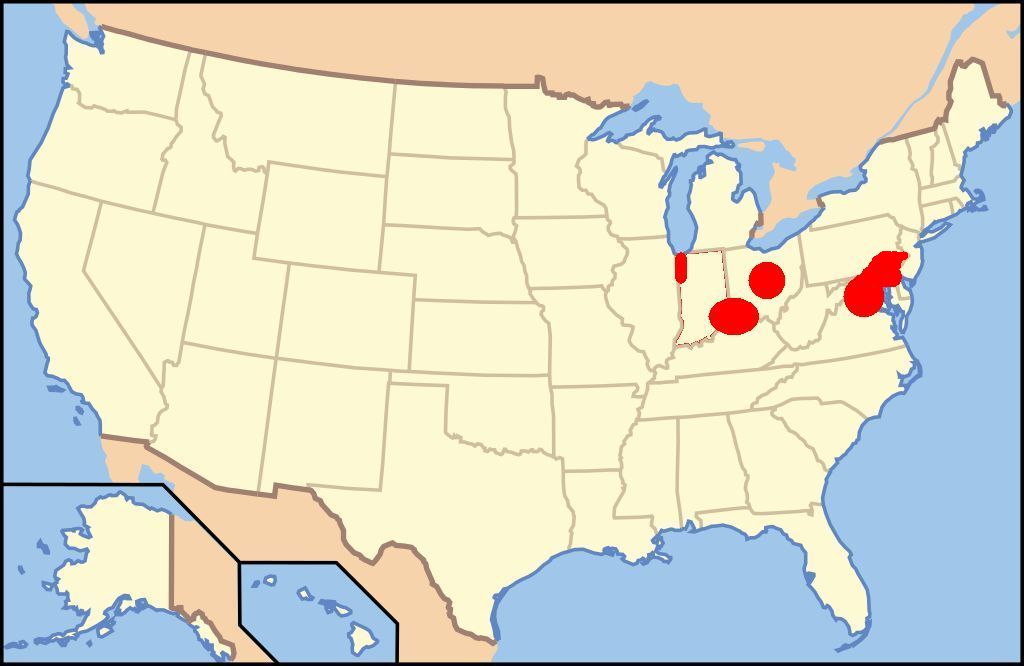
For instance, Indiana DNR lists the counties where the illness has occurred. My map does not included these scattered locations. (In other words, don’t rely on my map.)
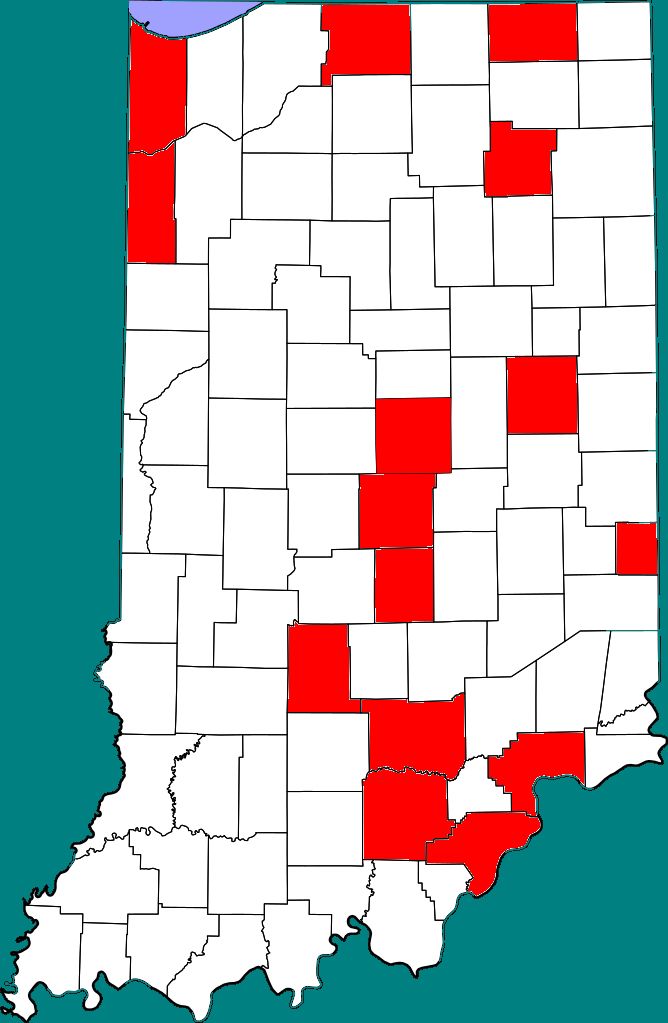
Residents in affected areas are asked to take their feeders down so that birds do not congregate. There are good reasons to do so …
Megan Kirchgessner, a veterinarian with Virginia’s Department of Wildlife Resources, said “From a veterinary perspective, especially in the springtime when food is abundant, there’s no reason for those feeders to be out,” she said. “And to be perfectly honest, especially in a situation like this, they can do more harm than good.”
— Washington Post, Public urged to stop feeding birds, 14 June 2021
Though no one knows what’s causing the illness, avian flu and West Nile virus have been ruled out.
Some, including an ornithologist at the Smithsonian Migratory Bird Center, have speculated the illness is related to the Brood X cicada emergence (yellow on the map below), that the birds are consuming pesticide-laden or fungus-laden cicadas. If so, the disease will disappear in July when the cicadas do and will not return for 17 years.
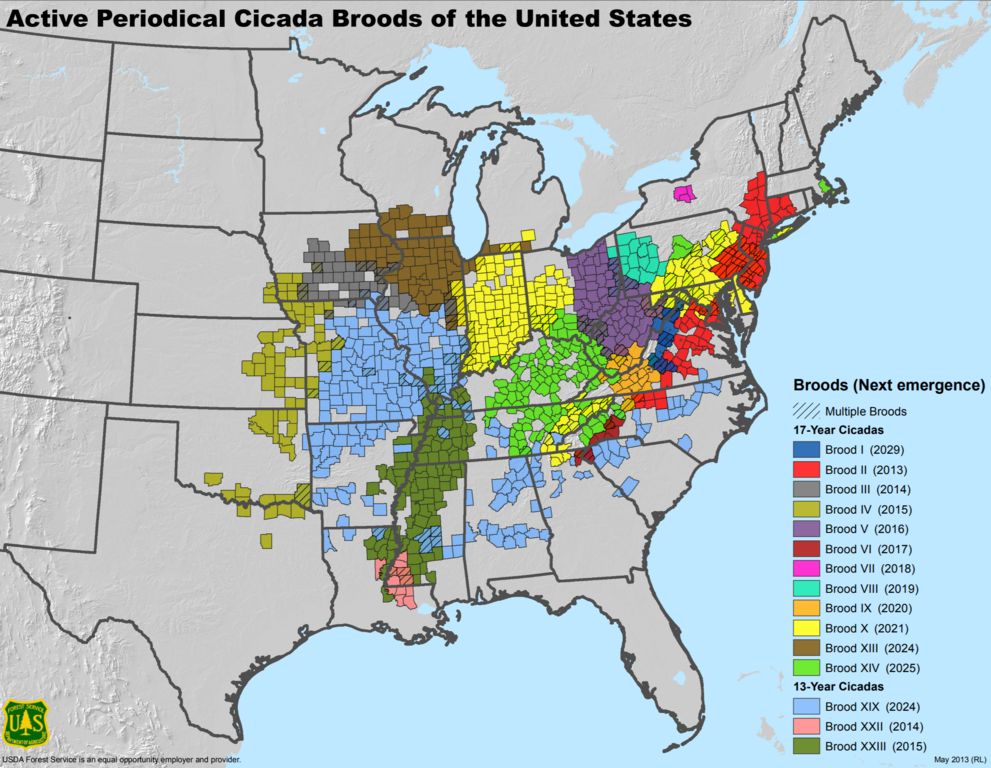
The cicada connection occurred to me too. The disease map as of 1 July 2021, after PA and Delaware were added, more closely matches the Brood X map.
For now we wait for more information and pray the illness doesn’t spread.
(embedded photos from Facebook and Twitter, maps from Wikimedia Commons. Click on the captions to see the originals)
